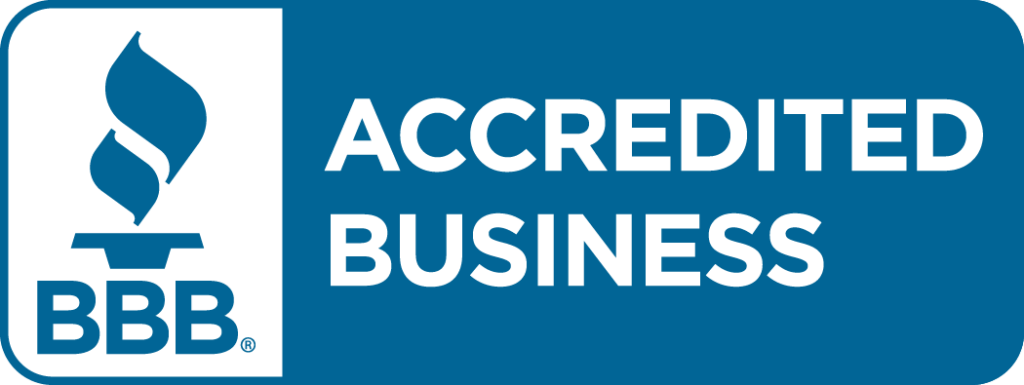The following metrics are sourced from truck driver recruiting campaigns managed by Randall-Reilly. Recent trends are detailed below in an effort to review driver employment activity.
In the past 12 months, the network of unique Driver Recruiting Landing Pages maintained by Randall-Reilly were visited by over 2.38 million users. Over 1.88 million unique users visited using a mobile device, over 420k visited using a computer, and 70k visited using a tablet.
For Driver Recruiting campaigns managed by Randall-Reilly:
- Drivers submitted over 963k unique leads through Randall-Reilly advertising campaigns.
- Over 270k unique driver contacts submitted 504k unique forms to various fleets.
- More than 337k unique driver callers made 459k unique call leads to fleets.
Summary
In previous years, January’s average cost per lead (CPL) has decreased significantly from December, but through the first half of this January, average cost per lead is on pace to increase slightly from December and have the highest monthly CPL on record.
- Company driver average CPL is on pace to be 85% higher per lead than last January.
- Owner-operator average CPL is on pace to be 58% higher per lead than last January.
Many factors can contribute to the high CPLs over the past half year, the requirement of registering with the federal Drug & Alcohol Clearinghouse has very likely played a significant part. Through December, 52,000 drivers have had a violation, and only 6,500 of those drivers have been reinstated.
It appears that with the renewal of stimulus payments increases in COVID counts, there has been less urgency for some drivers to find a job. Also, increases in freight volume will coincide with higher retention rates for fleets.
High costs per lead continue to drive high costs per hire (CPH). While Company Driver hire ratios have remained better than 2019’s hire ratios, average CPH continues to be about 30% higher YoY.
Hire data for Owner-Operator campaigns has been slow coming in for December, but November saw a decrease in average CPH, and early indications are that December will also see a decrease in CPH.
In previous years, CPH in January has dropped significantly, but the underlying data suggest that is less likely this year.
Click Cost Averages
Search and Facebook click costs (CPC) are trending down through the first half of January but remain elevated year over year (YoY). Conversely, Display click costs are rising but remain lower than last January.
Click-through rates are down for all three channels. This suggests that drivers are not as interested in finding new employment as in past months. This goes against trends from past Januarys when drivers have shown strong interest and intent in finding new employment.
The decrease in Facebook CPC coinciding with a decrease in click-through rate suggests that ad auction competition is down in January on that channel. This is not surprising as there has been elevated competition for months due to political ads and increased e-commerce ads during the peak shopping season before Christmas.



Cost Per Lead Averages
After months of volatility earlier in the year, average CPL costs are holding steady across multiple months. Unfortunately, the prices have stabilized a cost unforeseen before the past few months. In past years, January’s CPL has dropped as more drivers actively look for new employment, but that has not happened this year.
The individual driver types’ average CPL has remained steady, with the exceptions of owner-operator campaigns in December and Student campaigns in November. Company driver and owner-operator average CPL is on pace to have its highest CPL on record in January, and team campaigns are on pace to have their second-highest average CPL on record.





Hire Costs & Rates
As capacity tightens and freight rises, leads volume will lessen and continue to drive higher costs per hire (CPH) for Company Driver campaigns. Company Driver hire ratios have remained better than 2019’s hire ratios, but CPH has been about 30% higher YoY for the past four months.
A large percentage of the normal Owner-Operator hire data has not come in yet, so the data given may not be indicative of overall market trends1. November saw a 20% decrease in CPH, and early indications suggest that December’s CPH will decrease again.
In previous years, CPH in January has decreased significantly, but the underlying data suggest that CPHs will not decrease much—if at all—from December. There is little to no visible evidence that drivers are more likely to switch jobs than they have in the past few months. If we do see a drop in CPH, it will be due to improvements in the hire ratio.
1To show that this is preliminary data, December’s data in the line charts below is light green.




Other Digital Trends
Multi-carrier applicants have increased some since December, but the increase is not matching the number of applicants from last December and January (shown in the gray line below). This gives further evidence that fewer drivers are actively looking for a different driving job.
However, landing page users are up, even when accounting for the increase in budget we are managing for clients, and landing page conversion rate has improved in January. Both of these suggest that driver intent may be somewhat higher than in December. It is important to note that while conversion rate has improved from December, it is still at its second-lowest point since the pandemic began.

External Market Trends
Truck driving jobs posted on job boards continue to outpace the number of additional job seekers seeking those jobs. Job postings rose 21% MoM, while the number of job seekers increased by only 5%. This has resulted in the lowest seekers/job number on record.
The positive takeaway is that December 2020 had more job seekers than December 2019. This is the first time that the YoY number is positive since the pandemic began. Year-over-year, there were 70,000 more drivers searching for jobs in December, but there were over 300,000 more jobs posted.
Job board data continues to suggest that carriers are wanting to hire drivers, and while more people are searching for driving jobs than in past months, there aren’t enough interested drivers to offset the carriers’ needs.


Note: These job seekers include non-class 8 drivers.
Market Information1
The high spot rates of the past number of months are starting to have a real effect on contract rates. It looks like the average contract rate in early 2021 will be about 8% higher than early 2020. But these price changes will vary across equipment type because of how volumes have rebounded unevenly.
Spot rates have begun to drop in the past few weeks but remain very high compared to historical data. Spot rates are still about 31% above the same 2020 week and about 22% higher than the five-year average.
The high spot prices are due more to supply-side factors—especially the slow recovery of truck driver numbers—than demand-side factors as capacity became tight in the summer when activity was down 4% YoY. Trucking is still down almost 53,000 jobs (3.5%) from February. Carriers are aggressively trying to seat trucks but are finding it difficult due to a combination of factors including, but not limited to, decreased capacity at training schools and the institution of the DOT’s Drug & Alcohol Clearinghouse. Through December, 52,000 drivers have had a violation reported in the Clearinghouse, precluding them from driving until they are reinstated; and only 6,500 have been reinstated. Nearly 35,000 of the drivers with a violation have not started the return-to-duty process, suggesting they are either employed, or looking for employment, in a non-driving job. It is also likely that some drivers have taken jobs in the parcel and local delivery segment: this segment has added nearly 182,000 jobs since February.
Import data shows that the volume of loaded containers reaching the U.S. was up 22% YoY in December, indicating that freight will continue to be strong for several months. It is worth noting that Chinese New Year is coming up soon, and many Asian manufacturing plants close down for multiple weeks as workers travel home to their birth villages, celebrate the week-long holiday, and travel back to cities.
While China will work through their New Year more than they have in the past, the number of containers shipped out will drop dramatically. In preparation, shippers are putting their spring and summer orders on fast forward to make sure they are loaded onto a vessel before Chinese New Year begins. As a result, California ports are congested and are diverting freight to other ports in Washington state and the Gulf Coast. For carriers and brokers, this could mean surging volumes in freight markets that might not normally be on their radar.
1 Market information taken from: Croke, Dean. “Imports volumes rise ahead of Chinese New Year.” 19 Jan 2021. dat.com/blog. FTR. “Spot market volume falls from record level.” 18 Jan 2021. freight.ftrintel.com/spotmarketinsights.
FTR. “Trucking Update: January 2021.” 23 Dec 2020. FTR. Miller, Jason. LinkedIn postings (multiple). Jan 2021. Michigan State University.
Strickland, Zach and Anthony Smith. “FreightWaves Market Update Webinar.” 19 Jan 2021. FreightWaves. U.S. Department of Transportation. “Drug & Alcohol Clearinghouse: December 2020 Monthly Summary Report.” 14 Jan 2021. FMCSA.




